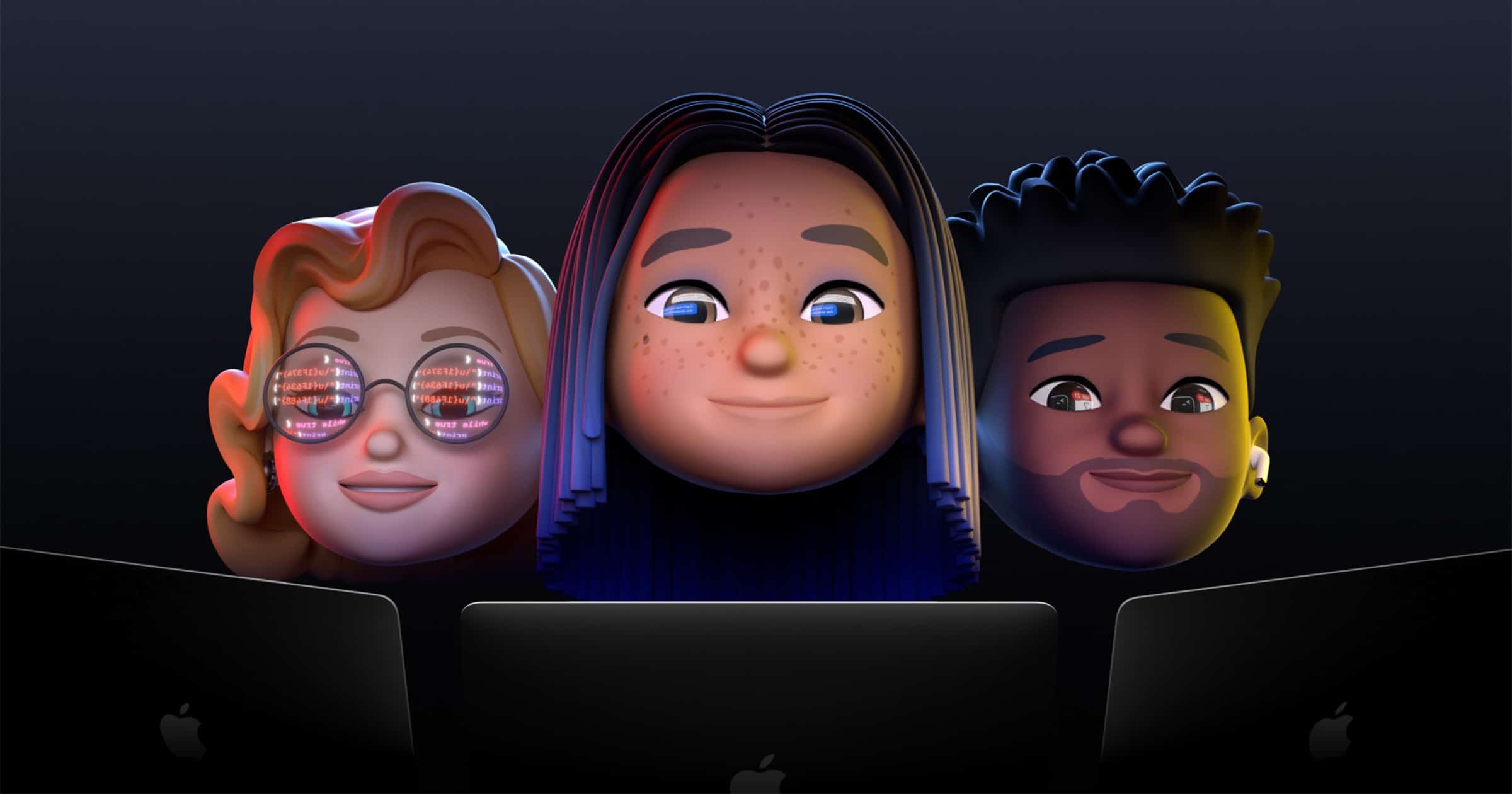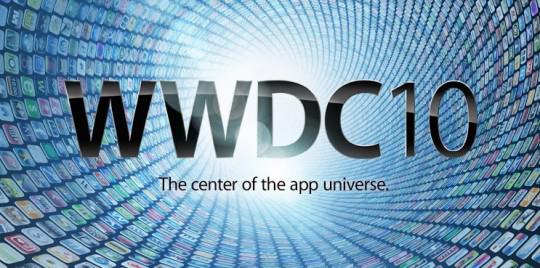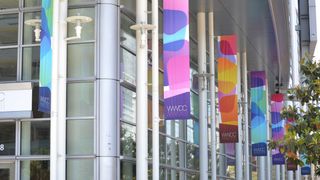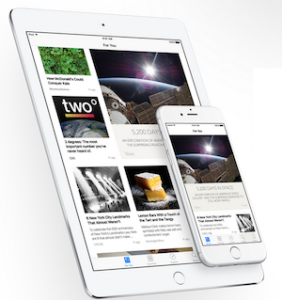
To no one’s surprise, that “thing” was the long-awaited Apple AR headset, which will carry the name Apple Vision Pro.

Then, he took a pause and a breath before he channeled a line that Steve Jobs used to use at his Apple keynotes, or perhaps Peter Falk playing Lt. Starting with the Monday keynote, WWDC followed the traditional menu for about 90 minutes until Apple CEO Tim Cook appeared to be wrapping things up.
#Wwdc news software
Marketers and brands may not be able to anticipate Apple’s next industry-disrupting privacy move, but they can be sure that there will be another sooner or later-and if they’ve tightened their practices in ways that privilege both privacy and the customer, they can minimize its inevitable impact.Apple WWDC announcements that impact the residential ecosystem and environment from the software perspectiveĪpple’s annual World Wide Developers Conference (WWDC), is an June tradition where the company meets with developers and gives them the inside information that they need to create new apps and programs for upcoming versions of Apple’s software and hardware. They should continue with moves away from intrusive and unnecessary tracking, and assess their data-sharing practices with a critical, customer-centric eye. Marketers and brands must continue to focus on building their first-party data sets. So, marketers shouldn’t allow themselves to become complacent-if that’s even possible with the ripple effects of previous Apple announcements yet to subside. New privacy-and marketer-hostile-features could arrive at any time-at WWDC 2023 or before.
#Wwdc news tv
Apple is still committed to user privacy, as demonstrated by its most recent TV ads depicting a humorous-but not entirely farcical-auction of user data. WWDC 2022 brought no major new announcements that will further choke off marketers’ access to customer data.īut that doesn’t mean marketers should breathe any easier. With those and other, related announcements, Apple has been attacking the data and services that marketers rely on to compile the huge customer and prospect data sets used for all kinds of modern advertising, marketing, and personalization.

The VPN-like iCloud Private Relay that prevents user identification and fingerprinting.App Tracking Transparency, which blocks sharing data collected from apps with third parties without explicit user permission.Hide My Email, a “burner” email system that obscures user email addresses and other personal data.Email tracking pixel blocking in Apple Mail.In recent years, WWDC has upended marketer’s jobs by introducing user-centric privacy features like: Each WWDC has brought with it new privacy features that make it harder for marketers to access Apple’s hundreds of millions of users. It’s supported that position by rolling out major new privacy initiatives at every WWDC since at least 2018. Rather, the most important thing Apple didn’t announce this year was any major new privacy or data initiatives that change the fundamental ways marketers do their jobs.Īpple has increasingly defined its brand as centered on user privacy over the last 5-6 years. That form held this year, with many expecting that WWDC 2022 would deliver the first glimpse at Apple’s sure-to-be-coming Mixed Reality headset and accompanying “Reality OS.” But, while many of this year’s announcements are laying the foundation for that device, Apple didn’t announce the glasses or operating system at WWDC.īut for brands and marketers, that wasn’t WWDC 2022’s most important “missing” announcement. Those expectations generally range from roughly accurate predictions about new features and services to wild claims about products that Apple is certainly working on, but isn’t anywhere near ready to unveil (we’ve been waiting years for a glimpse of an Apple Car, after all).


Anticipation and expectations build in the weeks leading into the WWDC, with the rumor mill often working itself into a frenzy by a few days before the early June keynote announcements.


 0 kommentar(er)
0 kommentar(er)
